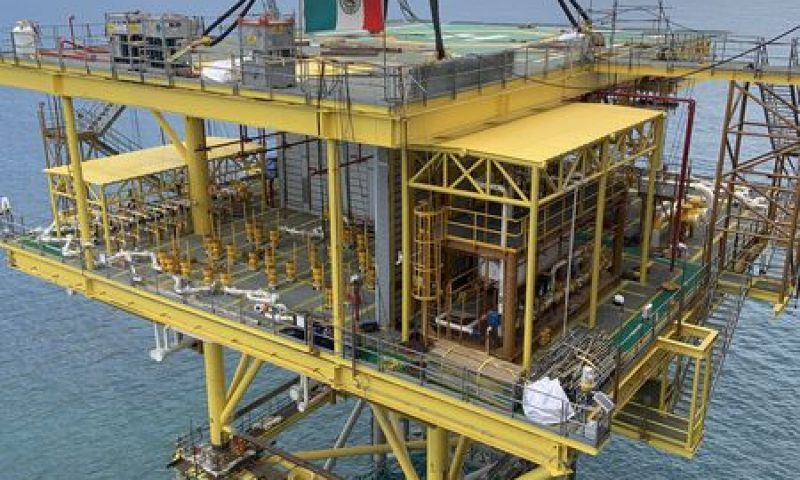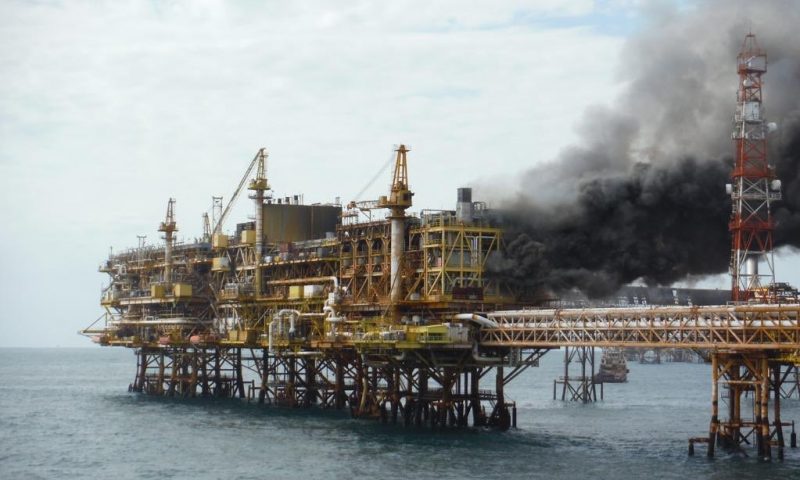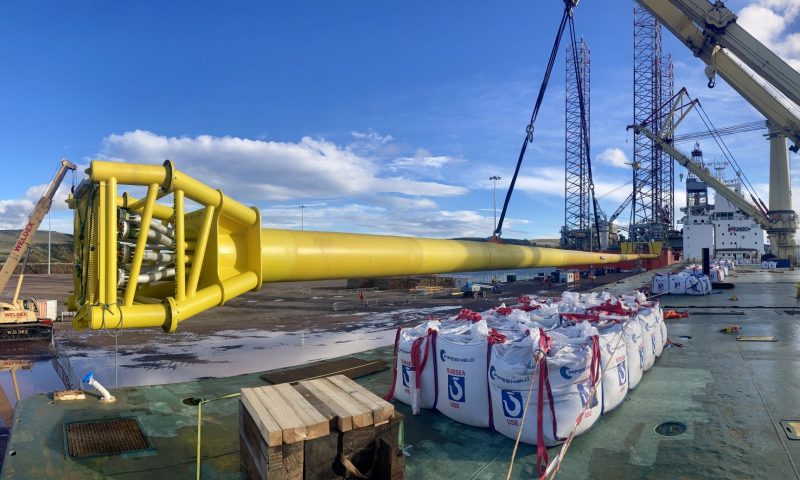
Pemex Opens Re-bids for Priority Wells
A drive by Mexico’s national oil company to drill new wells at 20 “priority” fields largely using smaller, local service providers is faltering, with the company expected to re-bid some of the work in the year ahead.
Industry analysts say they see little evidence a decision by Pemex to use a closed bidding process with pre-selected companies is speeding up drilling at a time when the government is pressing to boost a stalled economy. The bidding, completed by May, leaned chiefly on local contractors in “survival mode” that bid low just to get the work, said Pablo Medina, vice president of Welligence Energy Analytics.
In some cases, he said, they lacked expertise and were unable to secure needed equipment. The end result: Only two of the 20 fields were producing by the end of November, data from the National Hydrocarbons Commission shows. And Pemex is now expected to re-tender at least nine rigs, according to Borr Drilling Ltd., a contractor expanding in Mexico.
“They were supposing that they could bring these fields online quicker, but they haven’t,” said Jorge Sierra, a senior analyst at Wood Mackenzie Ltd., by telephone from Mexico City. “The contractors that won the packages for drilling the priority fields haven’t had the experience of managing integrated service contracts, like the big international ones such as Schlumberger and Halliburton.”
The push to add around 100 new wells came in a year when Mexico’s gross domestic product remained flat, with oil and gas generating about 18% of the government’s second-quarter income. Meanwhile, Mexico President Andres Manuel Lopez Obrador has said he plans to raise the minimum wage by 20% in 2020 to improve conditions for the nation’s poorest workers.
Pemex declined to respond to questions about the tenders or its well-drilling schedule. The company’s crude production was 1.70 million barrels a day in November, about one million barrels short of its 2024 output target.
The setbacks are among several faced in 2019 by the world’s most indebted oil company. Pemex has been hit with a brain drain following salary caps for public servants, it has months of unpaid bills, and it is still recovering from a cyber attack in November that made it difficult to handle routine paperwork. In mid-December, the company’s head of exploration was forced out amid a corruption probe.
Pemex’s plans “are already delayed by now, even without the fact that they’ll have to re-tender some of these packages,” said Welligence’s Medina. “There will be a reality check soon in 2020 when we see that production will likely keep declining.”
Despite Pemex’s difficulties, Lopez Obrador, the fiery nationalist known as AMLO who supports a state-centered economic model, has taken steps to reduce the role of international oil companies. One of the Mexican president’s first policy moves was to suspend competitive oil rounds where foreign producers were able to participate. He has also blocked Pemex from finding new partners to help develop existing projects.
Pemex recently contracted the ODN Delba III rig that was originally designed for Brazil’s deep waters. But the rig will need major modifications to operate in Mexico, which could delay drilling by several months, said two people familiar with the platform who asked not to be named because they weren’t authorized to speak to the media.
Most of the new wells are for fields Pemex has defined as priority, but have less than 50 million barrels of recoverable reserves, and it is unclear if they will be profitable, said Medina. A better strategy for a company the size of Pemex would be to sell off smaller prospects and focus on larger fields in deep waters, like what Petroleo Brasileiro SA is doing in Brazil, he said.
“These fields are small and have big technical challenges; that’s why they weren’t developed by the previous administration,” said Wood Mackenzie’s Sierra.













